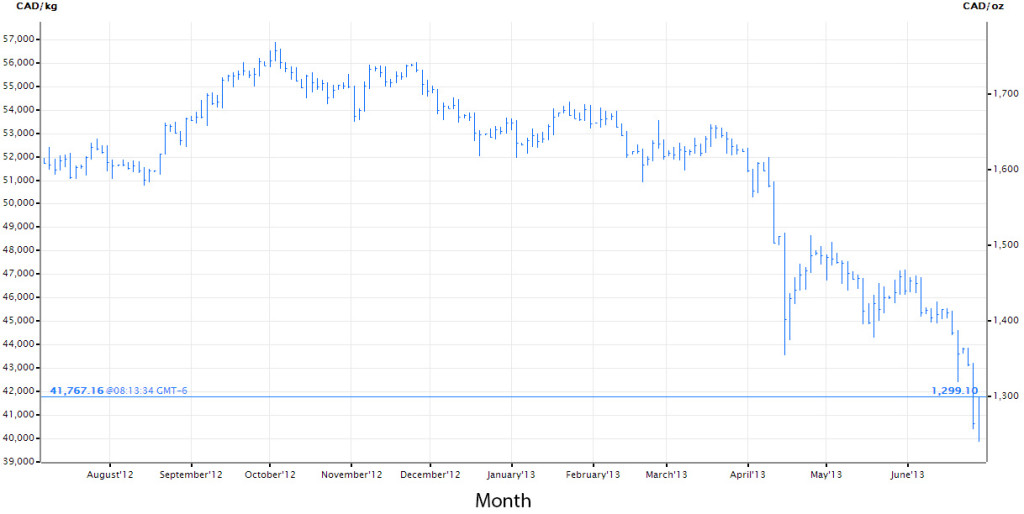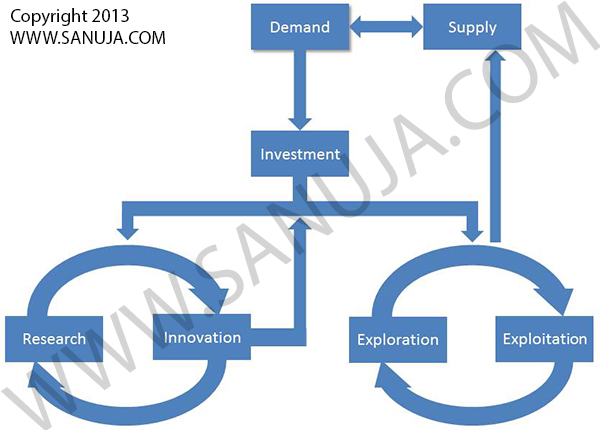According to UN and numerous other research agencies about 80% of world’s energy demand is satisfied by converting fossil fuels in to usable energy. It involves the process of planning, exploration, exploitation and management of natural resources. These processes inherently have their own set of risks and benefits. By identifying and managing the issues will boost our energy and resource hungry civilization to the next level.
My attention to the chain of natural resources exploration and exploitation was first derived by a dear friend and future Geophysicist/Geologist, Alex Meleshko. We can discuss in minute detail on specific areas but I will limit the article to oil and gas and mineral exploration.
We use them everyday
Since Roman and Greek civilizations, we use metals and minerals in various different areas. The Greeks used copper for protecting their irrigation channels from erosion and scouring. Today we use materials extracted from Earth for our clothing, electronics, fuel, industrial applications, etc. After the Industrial Revolution and the World War I, we have exponentially increased the demand of natural resources. Think about it for a second. Even the most basic things like a watch or a copper water pipe in your house has to come from somewhere!
Economics of Supply and Demand
What is exploration and how it is different from exploitation? The simple answer is that exploration is the process of searching for resources while exploitation is the process of refining the methods which we employ to extract materials.
It is expensive to explore natural resources. Even with a successful exploration project, there is no guarantee on net capital gain. The value and profitability highly depend upon the supply and demand. Therefore it is possible for a material to worth millions today to worth almost nothing in next few weeks. Asbestos industry is an example of mineral value fluctuations. In Canada we used to export asbestos for building materials (used in insulation, roofing tiles, etc) with a large profit margin about 25 years ago. But after biologists and health officials linked asbestos fibers to lung cancer and repertory illnesses, the global demand dramatically fell. Today, Canada is only exporting large quantities of these materials to India. This is only because India was pressured into singing an agreement with Canadian companies to buy the toxic mineral several years before we start using the alternatives.

How do you find the capital for exploration? Unless you have a large chunk of money lying around, you need to find investors. The investors will come and go with the rise and fall of the demand. However, depend on the type of mineral or material, it may take several years to extract natural resources of your interest. During that time the market can go either way so your company is actually taking a risk. The payoff on the other hand could be big. On average it could take up to ten years just to explore and prepare a single area for diamond mining.
Refining
This is where the exploitation come into the picture. By using technologies and manpower we have created systems to extract materials efficiently at a faster rate. In order to meet the demands some of us have ignore the consequences of over exploitation. Instead of running a diamond mine over a ten year period while analyzing the environmental and social impact we can now expedite the process to as little as five years. In other words a mine that would have supply the demands in 1960s at a steady rate have now been mined faster and cheaper.
Cycle of Resources
I created a general flow chart of how the basic processes work together in natural resources industry. Specific examples of operations are more or less similar to what is described below.

In nature, everything is interconnected to everything. Likewise the natural resources industries in capitalist countries heavily depend on this type of feedback model. One of the major advantage is private and public investments that often yields profitable outcomes. But often it is hard to get the capital for Research, Innovation and Exploration. In order for the investors have a net gain, the exploitation has to be profitable. While Research, Innovation and Exploration leads to Exploitation, they do not always end up with positive outcomes.
